WASHINGTON — Dawn Aerospace announced May 22 that it has started taking orders for an uncrewed spaceplane capable of taking small payloads on suborbital flights.
The New Zealand company said it is beginning sales of the Aurora spaceplane, a vehicle capable of carrying six kilograms of payload to an altitude of 100 kilometers. First deliveries of the vehicle are projected in 2027.
Dawn Aerospace is following a model from commercial aviation rather than spaceflight with Aurora, selling the vehicle to customers who will operate it rather than flying the vehicle on its own. That will, the company argues, expand the potential market for the vehicle compared to the traditional approach of selling launch services.
“There are many out there who would love to have this capability and be willing to pay for it, but they simply can’t get their hands on it. It’s not for sale,” Stefan Powell, chief executive of Dawn Aerospace, said of launch vehicles during a May 22 webinar organized by the Global Spaceport Alliance.
He contrasted that with commercial aviation’s approach where airliners are operated not by the companies that build them but instead by airlines. “The airline model presents us with a far more scalable model for transportation, and one that we would really like to draw on.”
That mirroring of commercial aviation extends to Aurora itself. The company has been testing versions of the vehicle for several years, including a flight in November 2024 where the Mark 2 Aurora reached supersonic speeds for the first time. On that flight the vehicle reached a top speed of Mach 1.12 and peak altitude of 25.1 kilometers.
“This is an aircraft with the performance of a rocket, not a rocket with wings,” he said. “That is to say, reliability, reusability and, ultimately, scalability are not afterthoughts but baked in from day one to enable this airline model.”
Dawn Aerospace is working on the new version of Aurora capable of suborbital flights. That includes increased propellant and engine thrust, as well as the addition of reaction control system thrusters to provide control outside the atmosphere. Those modifications will be accommodated within the same outer mold line as the previous version.
The first Aurora suborbital vehicle will be ready for flight within 18 months, starting a flight test program lasting six to nine months. Those test flights will start at low altitudes but quickly progress to much higher altitudes.
On a typical suborbital flig
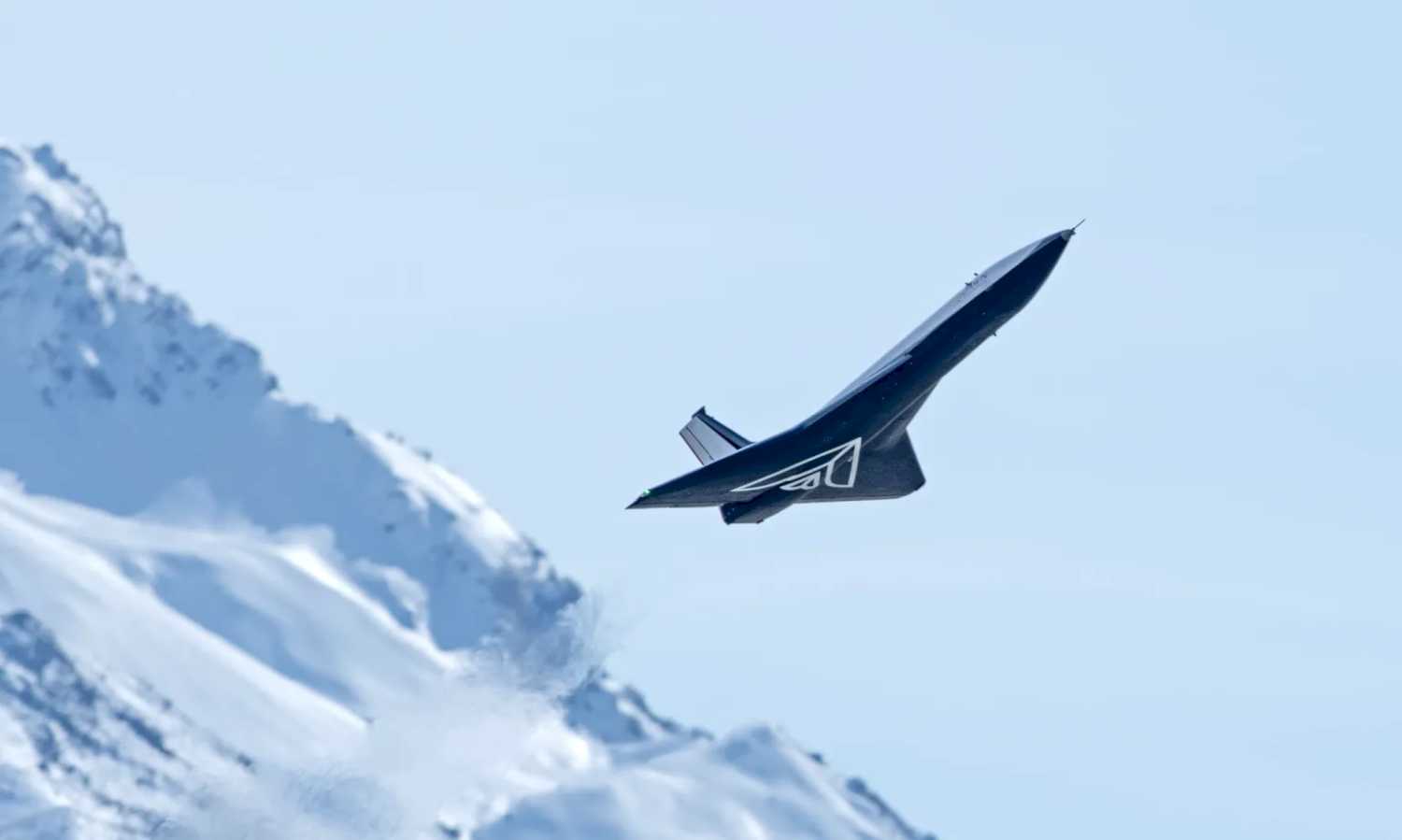

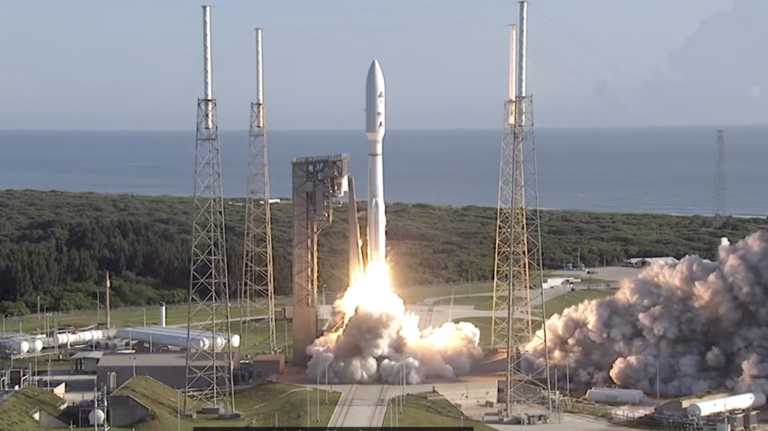


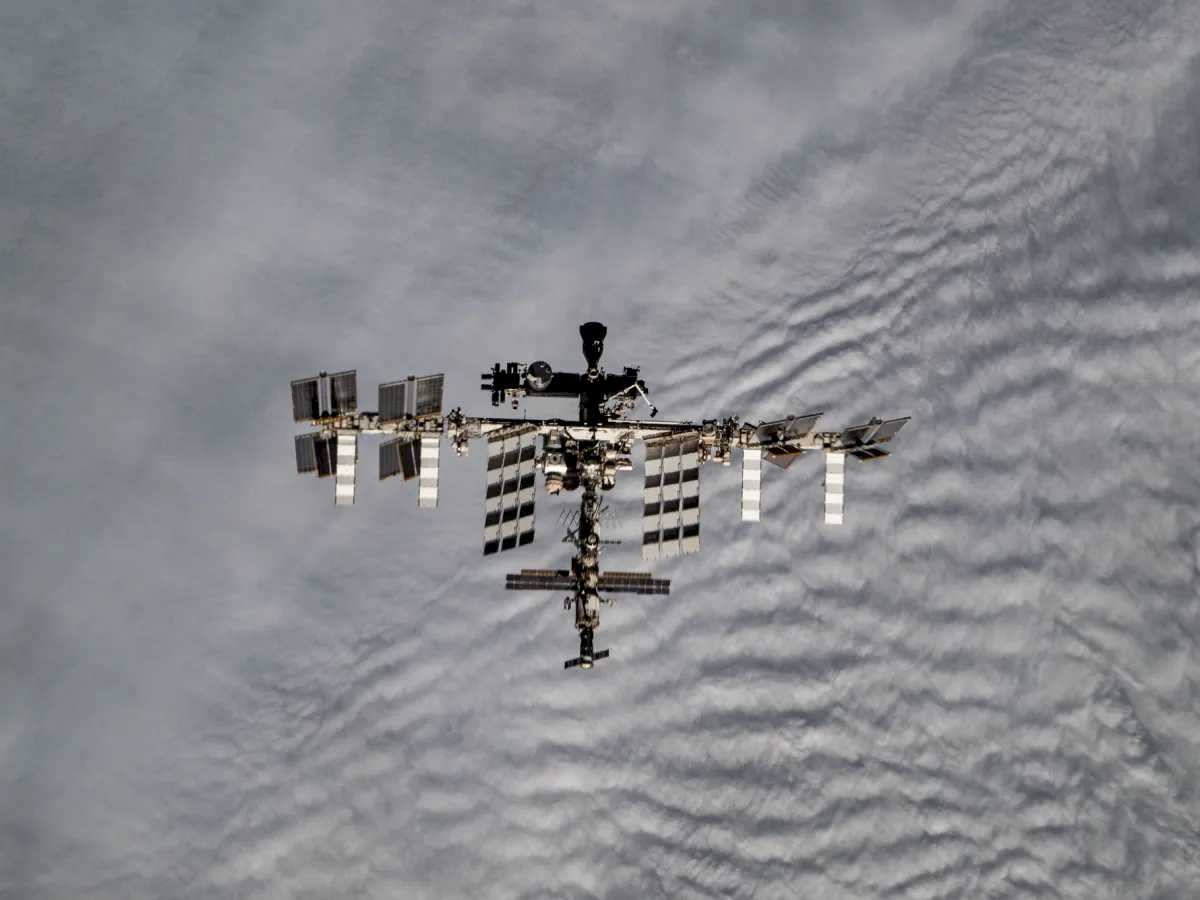
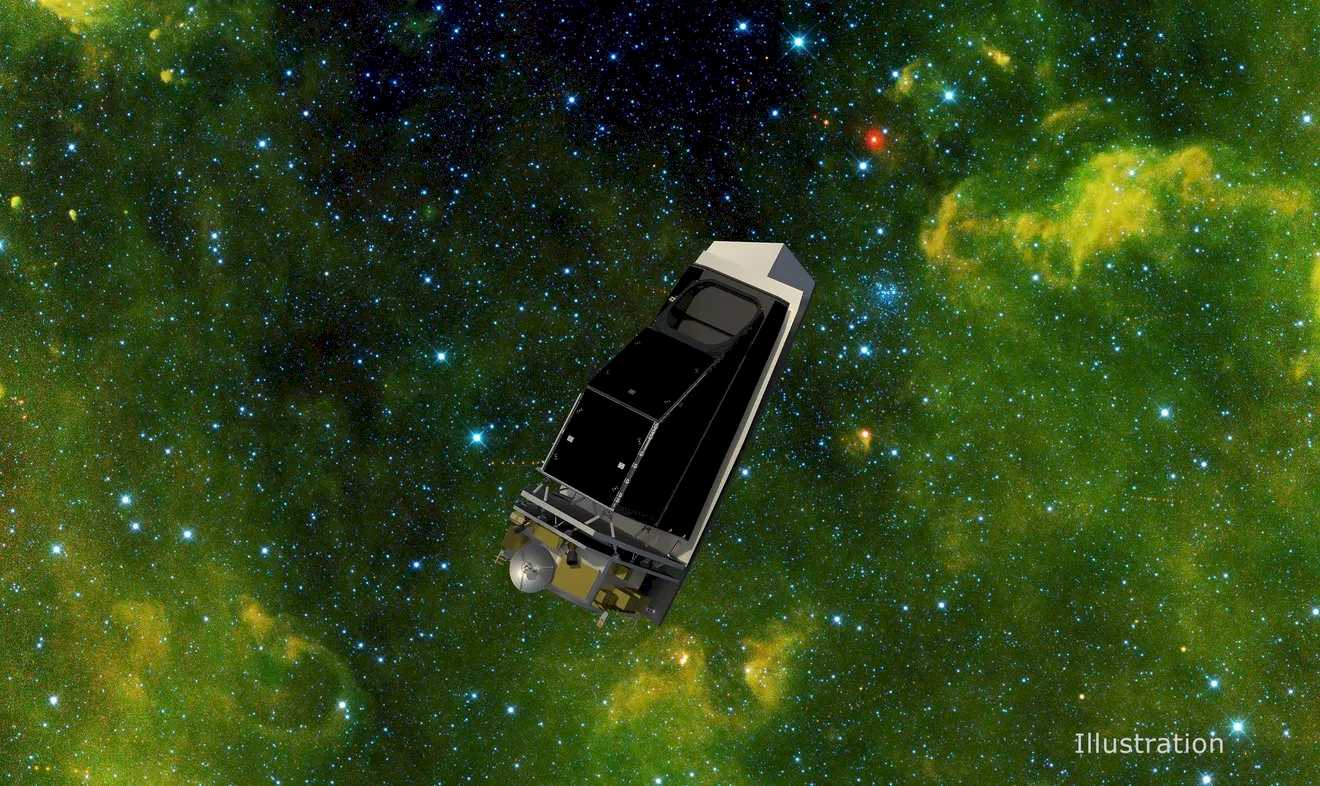


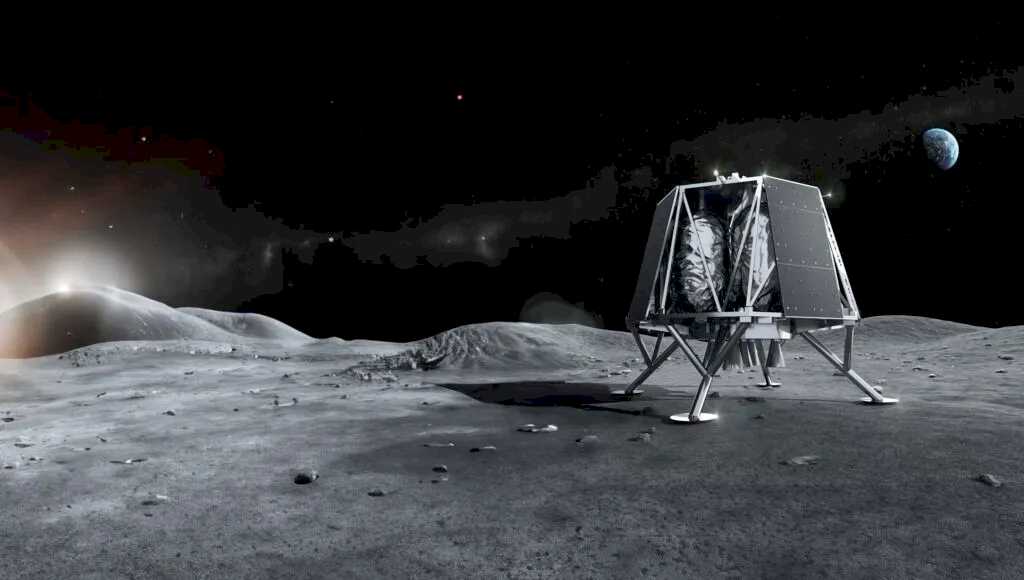


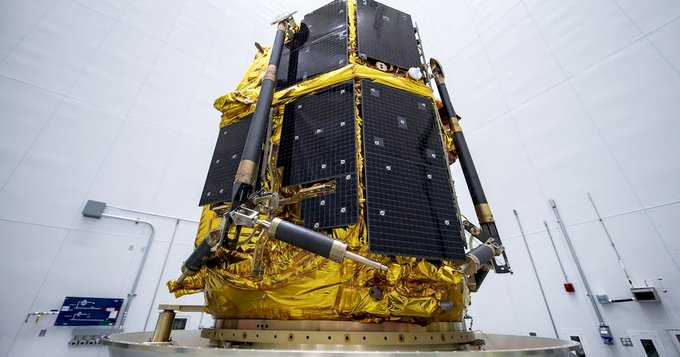


Space news on Umojja.com